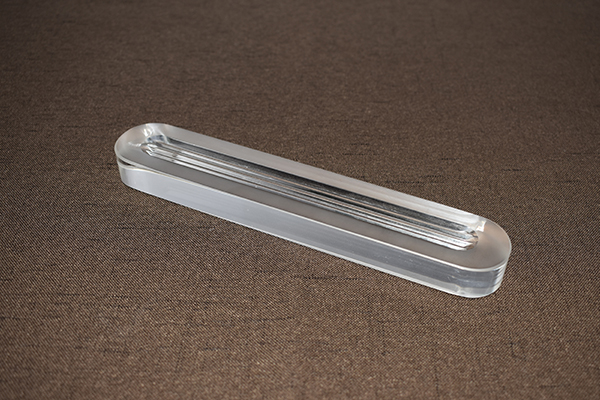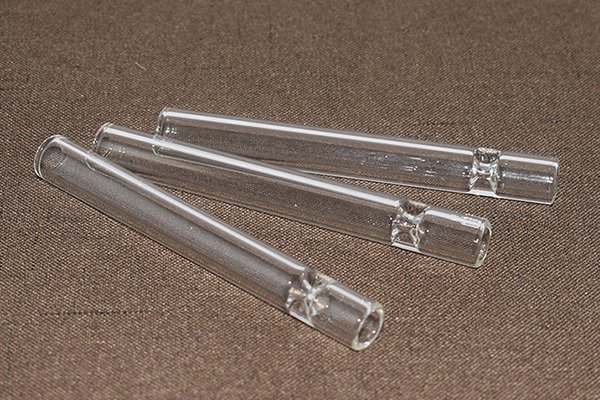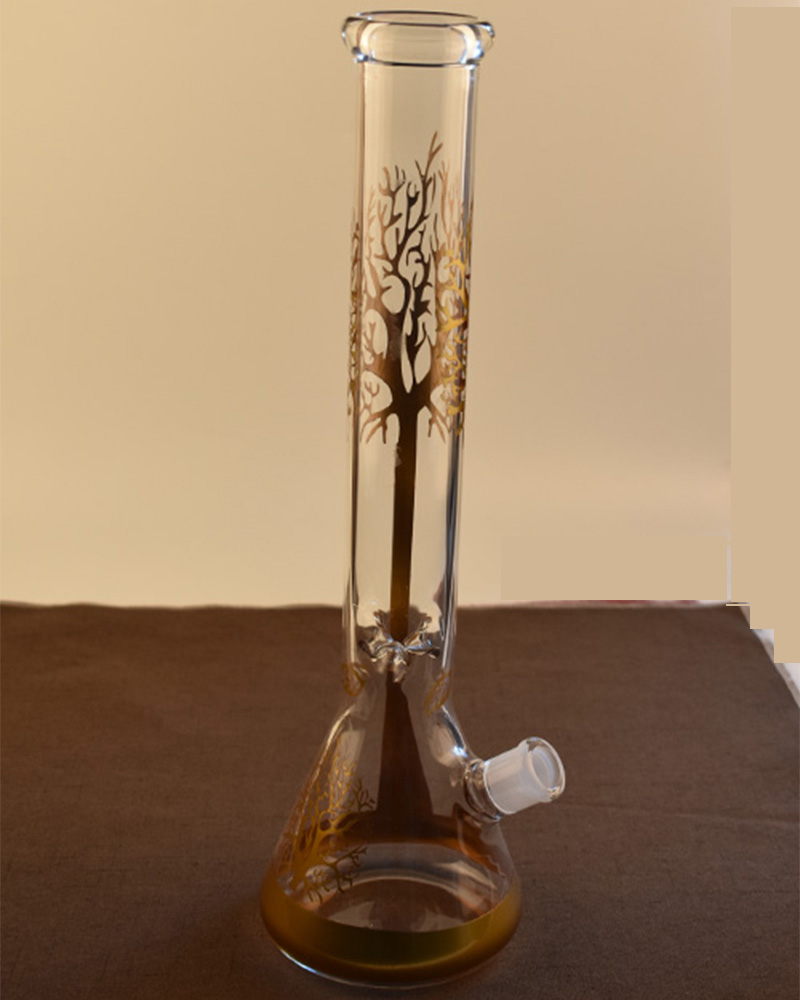News Detail
From Laboratory to Production Line: Glass Product Lifecycle Quality Management System
In today’s precision-driven industries, glass products—whether for laboratory equipment, industrial sight glasses, or specialized tubing—must undergo rigorous quality control throughout their lifecycle. A robust quality management system (QMS) ensures that from the initial research phase to large-scale production, glass components consistently meet performance, safety, and compliance standards.
1. Design and Material Selection
The lifecycle begins in the R&D phase, where application requirements determine material choice—such as borosilicate 3.3 for thermal resistance or quartz for optical clarity. Quality control starts with verifying raw materials, including purity levels, thermal coefficients, and chemical durability, using standardized tests like DIN/ISO or ASTM.
2. Prototyping and Laboratory Testing
Before full-scale production, glass prototypes undergo destructive and non-destructive testing—such as thermal shock resistance, pressure tolerance, and surface integrity. Feedback from this phase feeds directly into design optimization and manufacturing process calibration.
3. Production Process Control
On the production line, real-time monitoring ensures consistency in parameters like wall thickness, curvature, and annealing profiles. Statistical Process Control (SPC) tools help detect deviations early. Traceability systems, such as batch coding and inspection records, link each product to its manufacturing data.
4. Post-Production Quality Assurance
Every batch goes through rigorous inspections including visual examination, dimensional verification, and mechanical testing. High-risk applications may require individual certification (e.g., for pharmaceutical or aerospace glass).
5. Lifecycle Monitoring and Customer Feedback
Even after deployment, glass products should be subject to field feedback, especially in industrial or laboratory environments. Long-term performance data, customer input, and failure analysis feed into continual improvement cycles within the QMS.
Conclusion
Managing glass product quality across the entire lifecycle—from lab innovation to end-user application—is essential to achieving reliability, regulatory compliance, and customer satisfaction. A comprehensive QMS not only minimizes defects but also reinforces brand credibility in competitive markets.



